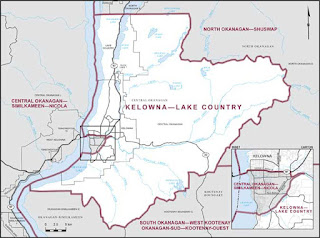Kitchener South—Hespeler (Ontario)
Today we're finishing our Kitchener adventure with Kitchener South—Hespeler!
Kitchener South—Hespeler (Ontario) has existed as a riding since the 2012 redistribution, created from Cambridge, Kitchener Centre, and Kitchener—Conestoga. The population was 105,309 in 2016. The riding contains the north half of Cambridge and the southeast part of Kitchener.
Politically, this seat has been a Liberal/Conservative swing seat, not afraid to go either direction, not being that receptive to third party input. The Kitchener part of the riding is typically more Liberal, the Hespeler (former town, now neighbourhood in Cambridge) side is usually more Conservative, but the line has been blurred recently, with both sides being equally Liberal and Conservative. This seat is currently held by Liberal MP Valerie Bradford.
An interesting thing to analyze in this riding is household income and how it relates to voting patterns in the 2018 provincial election. By far, the richest neighbourhood in the riding is Deer Ridge, with an median household income of $174k. The neighbourhood gave 55% of their support to the PC's with the NDP and Liberals statistically tied. On the flip side, the NDP performed best in Laurentian Hills/Alpine which have a median household income of around $60k, getting 47% of the vote to the PC's at 27% and Liberals at 16%. In 2019, this seat was 20/121 in Ontario and 64/338 in Canada by margin.
The name is good, it is (most of) south Kitchener and Hespeler is easier to say than North Cambridge. The shape is okay, just a bit hard to look at, but there is no road that goes all the way across the riding so it is what it is. As for individuality, pretty common as far as Liberal/Conservative flippers, it did get VERY close in 2021, with less than 1,000 votes separating the Liberals and Conservatives.
Tomorrow we're back in BC with Kootenay—Columbia!


















.jpg)


